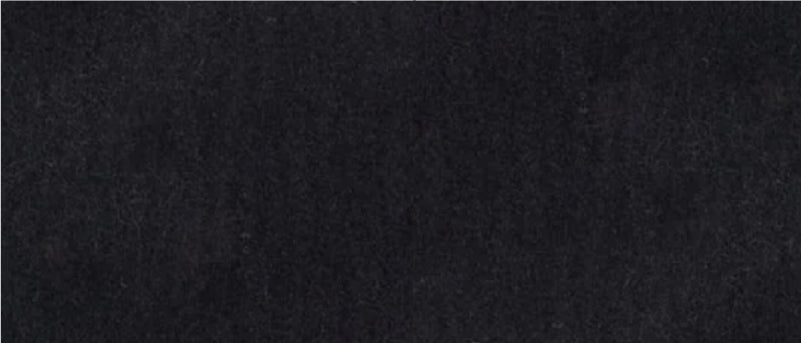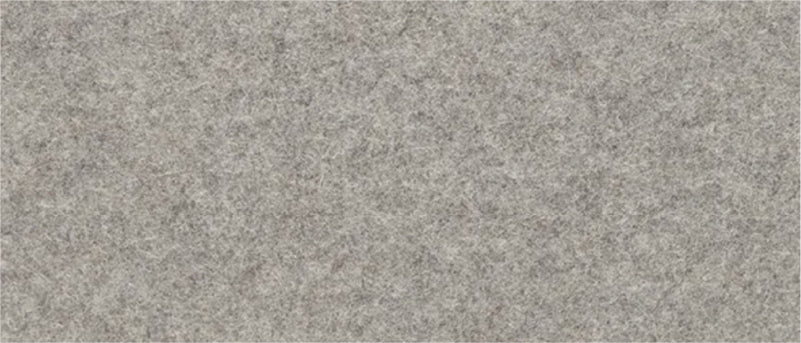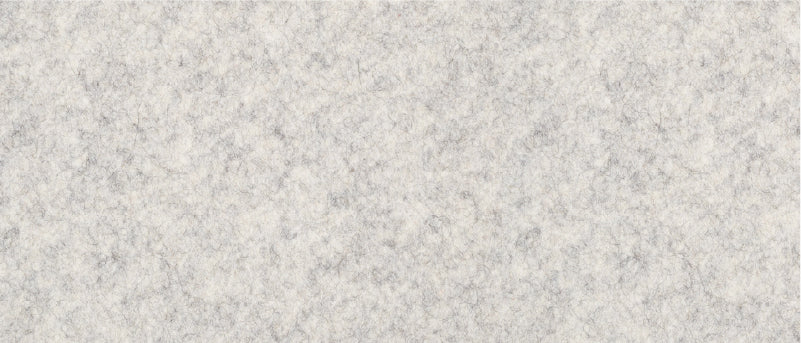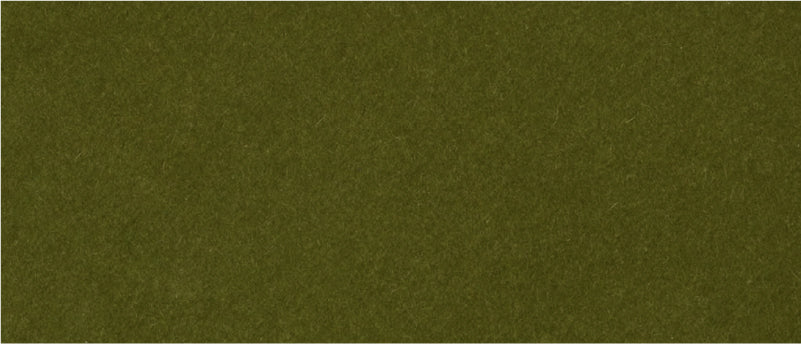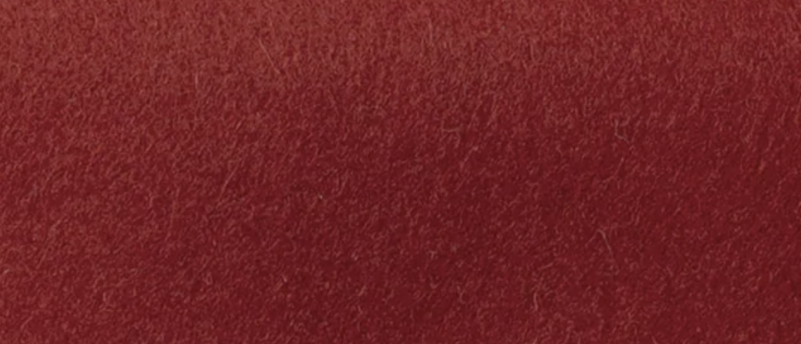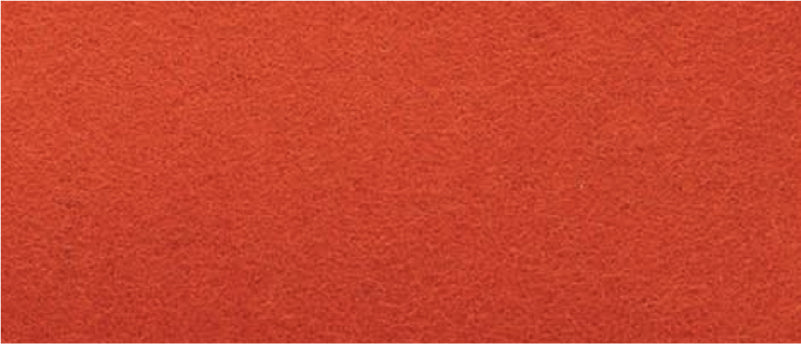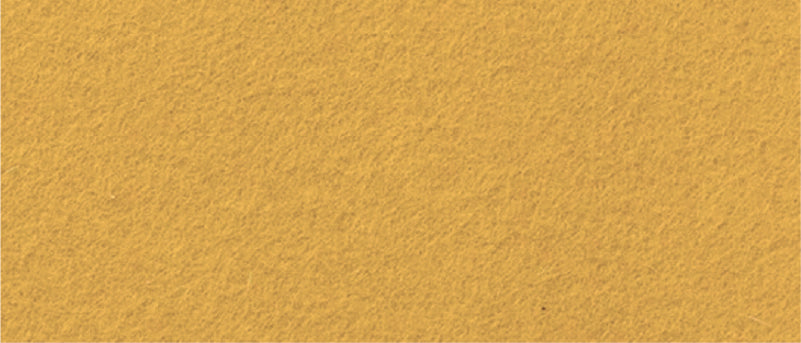Merino wool changed everything we thought we knew about natural materials. Sourced from one of the softest, strongest fibers on Earth, it offers an unexpected blend of durability, breathability, and lightweight warmth. Naturally insulating and moisture-wicking, it keeps you comfortable in any season. We’re drawn to it not only for its refined texture and timeless feel, but for its resilience, renewability, and the way it continues to shape both our designs and our values.

Cotton Canvas
For us, utility and beauty go hand in hand. Triple-washed for softness, each bag captures the warmth of an endless summer. Our netted totes take versatility one step further—stretching, adapting, and lightening your load with style. Crafted to hold up to the demands of daily use, these bags add laid-back strength to any adventure.
Vachetta Leather
Crafted to develop a beautiful, personalized patina that reflects your story over time. With every touch, bit of sunlight, and moment in use, it takes on deeper tones and a warm amber glow, capturing the memories of daily life in a rich mosaic. Vachetta leather ages with grace, softening while keeping its strength and character—an evolving companion with a unique look that's distinctly yours.
Simple Care, Lasting Quality: How to Maintain Your Graf Lantz Products
Functionality is at the heart of what we do, ensuring that all Graf Lantz materials are incredibly low-maintenance—chosen for their durability and ease of care.
